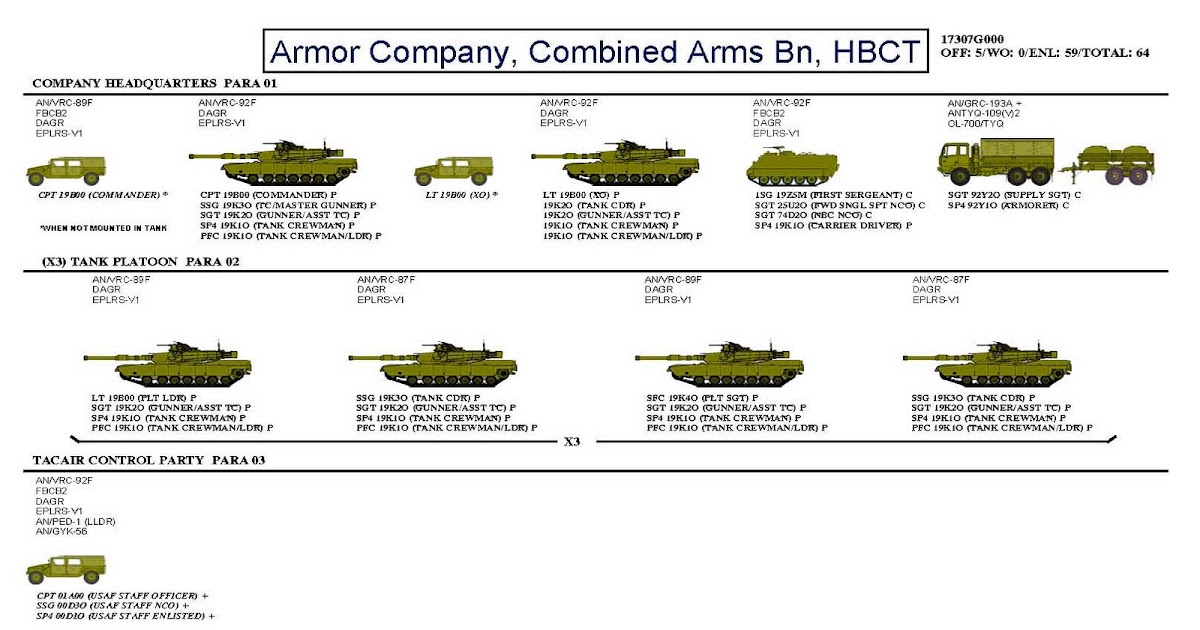

Twenty German A7V tanks were produced during the entire conflict, compared to over 4,400 French and over 2,500 British tanks of various kinds. The German Empire, on the contrary, produced only a few tanks, late in the war. This led to a sharp increase in the number of available tanks for 1918. ĭespite the generally unpromising beginnings, the military and political leadership in both Britain and France during 1917 backed large investment into armoured-vehicle production. In the Battle of Cambrai (November to December 1917) British tanks were more successful, and broke a German trenchline system, the Hindenburg Line. The first French employment of tanks, on 16 April 1917, using the Schneider CA, also failed to live up to expectations. British Mark I tanks first went into action at the Somme on 15 September 1916, but did not manage to break the deadlock of trench warfare. The developers of tanks aimed to return manoeuvre to warfare, and found a practical way to do so: providing caterpillar traction to machine guns allowing them to overcome trenches, while at the same time offering them armour protection against small arms as they were moving.īritain and France first developed tanks in 1915 as a way of navigating the barbed wire and other obstacles of no-man's land while remaining protected from machine-gun fire. Under these conditions, attacks usually advanced very slowly and incurred massive casualties. Strategists wanted to break the tactical, operational and strategic stalemates forced on commanders on the Western Front by the effectiveness of entrenched defensive infantry armed with machine guns – known as trench warfare. Modern armoured warfare began during the First World War of 1914–1918.


 0 kommentar(er)
0 kommentar(er)
